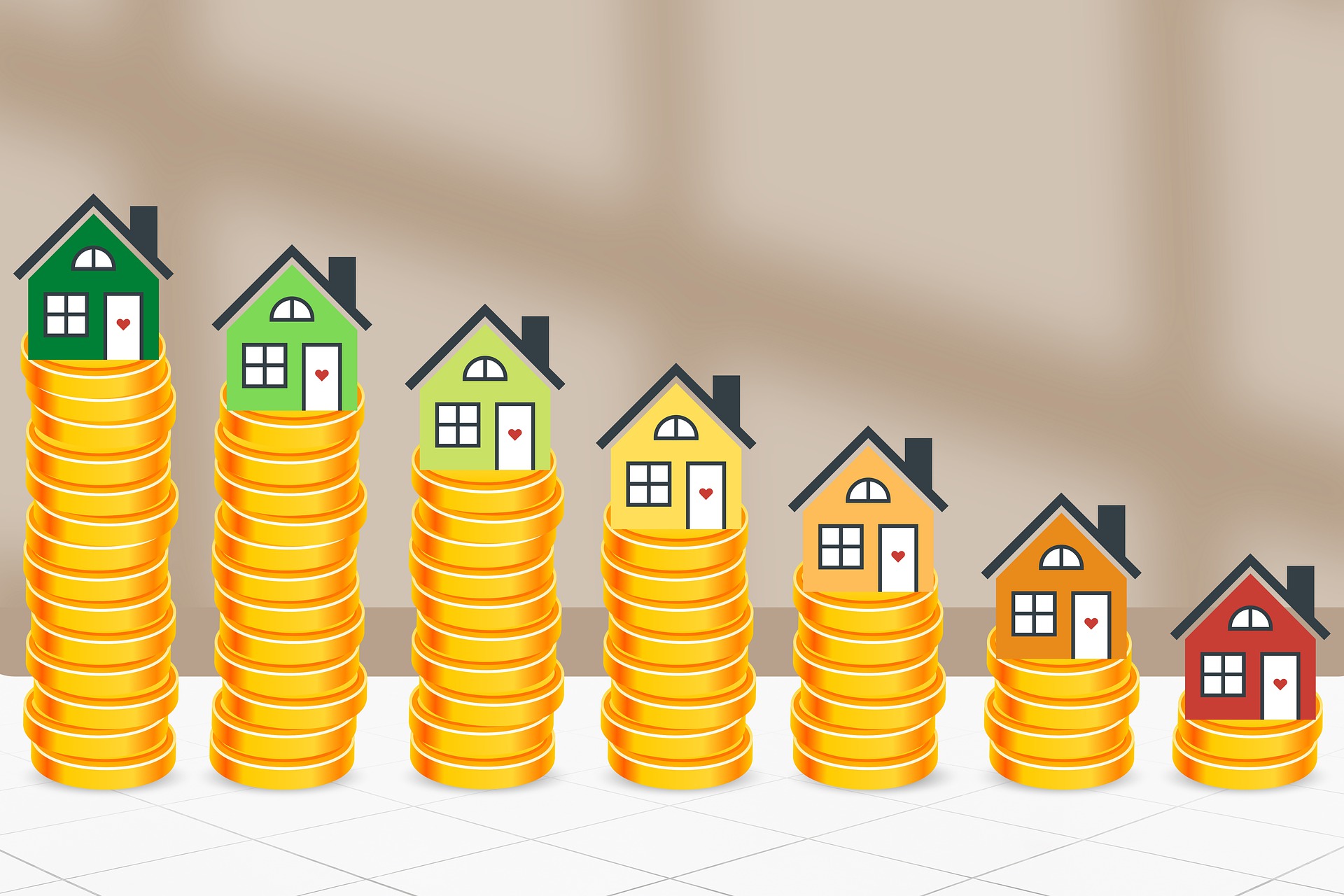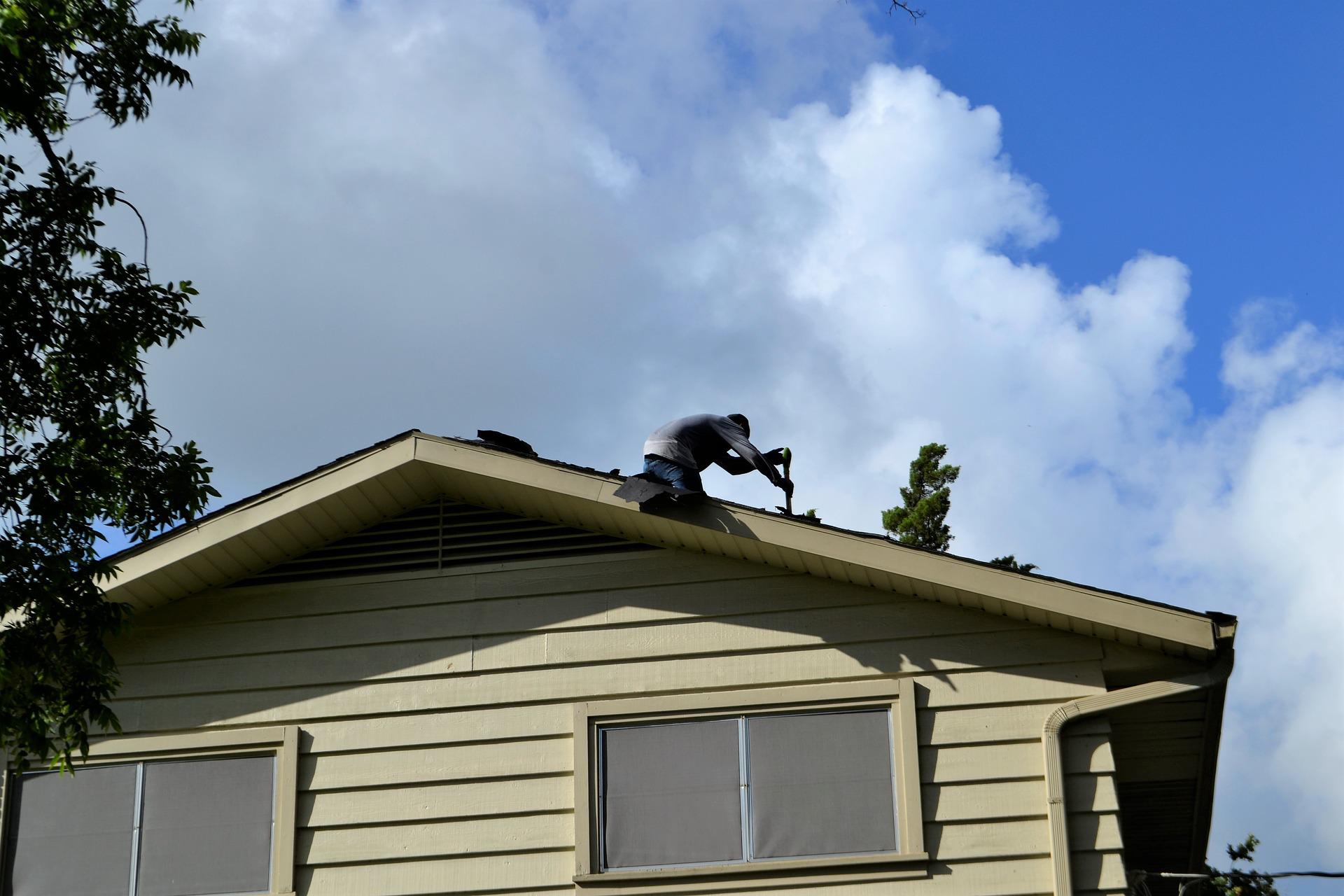When Catherine Williams bought her new home, she admits she didn’t give much thought to how comfortable it might be during colder seasons. She made the purchase in summer, after all. Her timing is common; the period from May through July accounts for than 40% of annual home sales.
Catherine works for the U.S. Department of Energy’s Office of Energy Efficiency and Renewable Energy, so naturally, energy bills and energy efficiency are important to her. She paid attention to energy-efficient appliances, solid roofing, and other efficiency aspects when she home-shopped. But fall and winter proved a big eye-opener. Suddenly Catherine realized: comfort is important too!
“I noticed cold drafts and high heating bills,” she remembers. “So I started putting thermometers in each room and it was 27 degrees colder downstairs, compared to upstairs. I thought, there has got to be something I can do to fix this and bring those bills down a bit.”
Different homes require different considerations—especially when it comes to preparing for changing seasons. It can be difficult to make big investments in efficiency upgrades immediately after a move, but Catherine felt confident she could do some small, budget-friendly projects herself and make her new home more comfortable.
Because of where she worked, Catherine knew to go to the Energy.gov/EnergySaver website, where her colleagues share their knowledge of keeping homes comfortable while saving money and energy. She decided to put that knowledge to use and take on some of Energy Saver’s DIY Energy Saving Projects.
After reading through the information, Catherine took a closer look at key areas of her home. She found plenty of places where outside air was getting in, and many spots where she could prevent inside air from getting out.
Here’s the plan of attack that Catherine developed:
Seal air leaks with caulk.
Catherine could feel drafts coming in from around her windows and some of the crown molding trim and decided sealing air leaks with caulk was a simple step that could offer big benefits. Reducing the amount of air that leaks in and out of your home is a cost-effective way to cut heating and cooling costs, improve durability, increase comfort, and create a healthier indoor environment. Caulking is a simple and effective air-sealing technique that offers fast return on investment, often one year or less.
Weatherstrip windows that leak air.
Weatherstripping, like caulking, is another simple, cost-effective way to stop air leaks. You can use weatherstripping in your home to seal leaks around moving components, such as doors or operable windows. Catherine bought window weatherstripping at her local hardware store and installed it herself.
Use foam sealant on larger gaps where air may leak out.
The attic in Catherine’s home is accessible through the upper floor’s ceiling, and she figured she was losing a significant amount of heat through the access panel. So she sealed the gaps around the panel using foam sealant. You can also learn about how to install an insulating cover box on your attic access stairs.
Cover drafty windows.
Window coverings can reduce energy loss through the windows, which results in lower heating and cooling bills, and improves home comfort. About 30% of a home’s heating energy is lost through windows. So after weatherizing her drafty windows, Catherine also invested in curtains and blinds.
Install foam gaskets behind outlet and switch plates on walls.
Catherine discovered that her home’s walls weren’t well insulated. She knew that down the road she wanted to add more insulation, but in the near-term, a low-cost option (adding insulation around electrical outlets) provided increased protection from air leaks.
Another step for Catherine was covering up her 117-year-old wood flooring with rugs and using padded rug backings. She’s found floor coverings to be an effective tool at keeping out the cold, alongside encapsulating her crawlspace.
In the future, Catherine says she would love to conduct a home energy audit to find out where she can save even more, and guide where she might make larger investments for long-term energy savings. In the meantime, she’s enjoying the comforts of home ownership, along with lower energy bills.





0 Comments